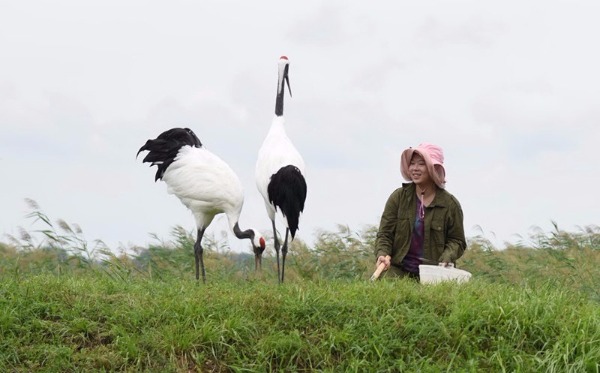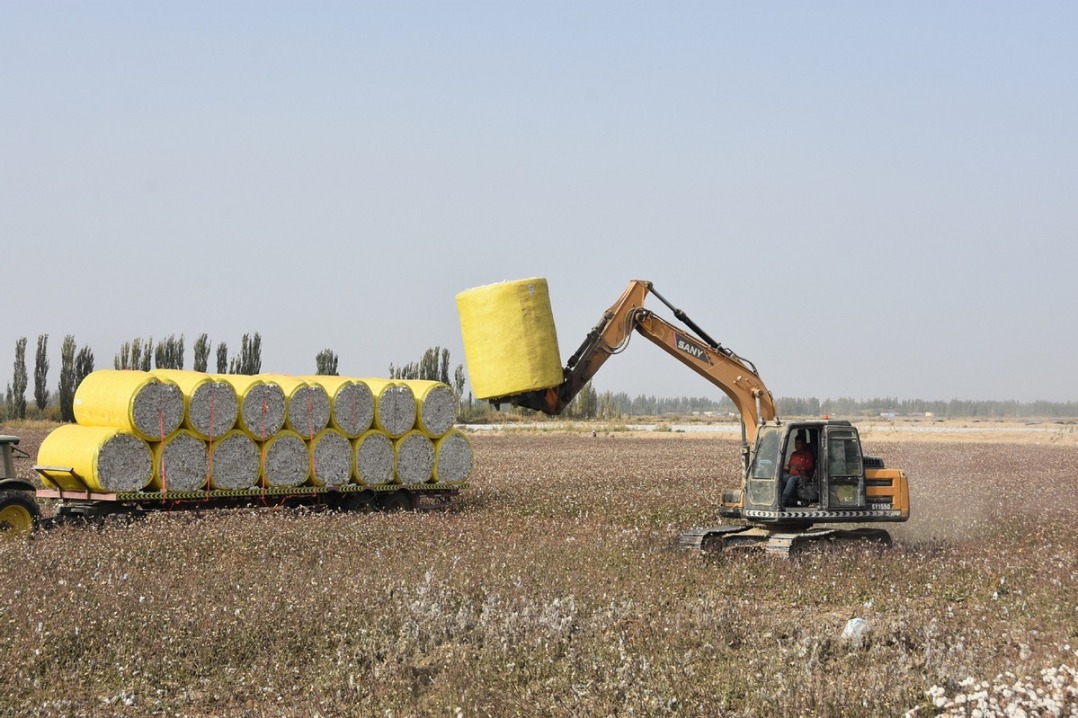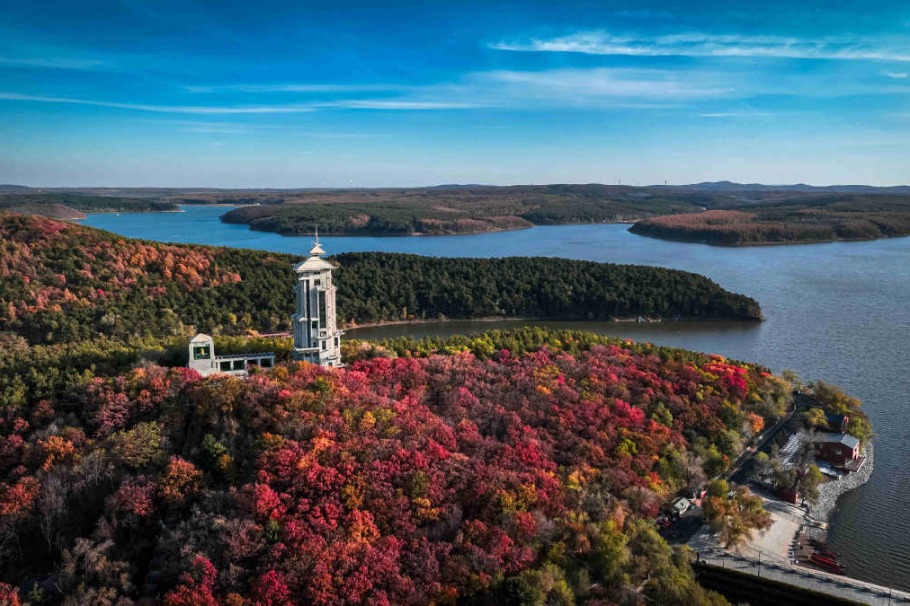Bird protector takes wing to continue family tradition


A young woman is the third generation to devote her life to the protection of red-crowned cranes, as Tian Xuefei and Zhou Huiying report from Harbin.
Every day, Xu Zhuo, 25, opens her diary and writes down the details of her daily work-feeding, breeding, inoculating and curing red-crowned cranes. She is following in the footsteps of her grandfather, father and aunt in a story that combines dedication and tragedy.
In 2016, when Xu graduated from Northeast Forestry University in Harbin, Heilongjiang province, she declined the offer of postgraduate study and instead became a researcher into the breeding and protection of red-crowned cranes at the Zhalong Nature Reserve in Heilongjiang.
Established in 1979, the reserve, located in the western part of Heilongjiang, is a well-preserved primitive wetland.
Covering 2,100 square kilometers, the wetland lies on a major migratory route for birds from the Arctic to Southeast Asia, and is stopover point and nesting area for a large number of bird species including storks, swans, herons and grebes.
In 1992, the Ramsar Convention on Wetlands listed the reserve, which is home to about 400 wild red-crowned cranes, as an International Important Wetland Protectorate.
- Jingdezhen a 'rare space' for creators, French ceramic artist says
- China revitalizes 88 key rivers, lakes in ecological restoration drive
- La Nina weather pattern could bring extreme cold, droughts, says NCC
- A march of faith: 74-year-old Hong Kong man retraces the Long March on foot
- Tianjin hosts events highlighting status as international destination
- Chinese startup Interphase takes top prize at Kering Generation Award





































